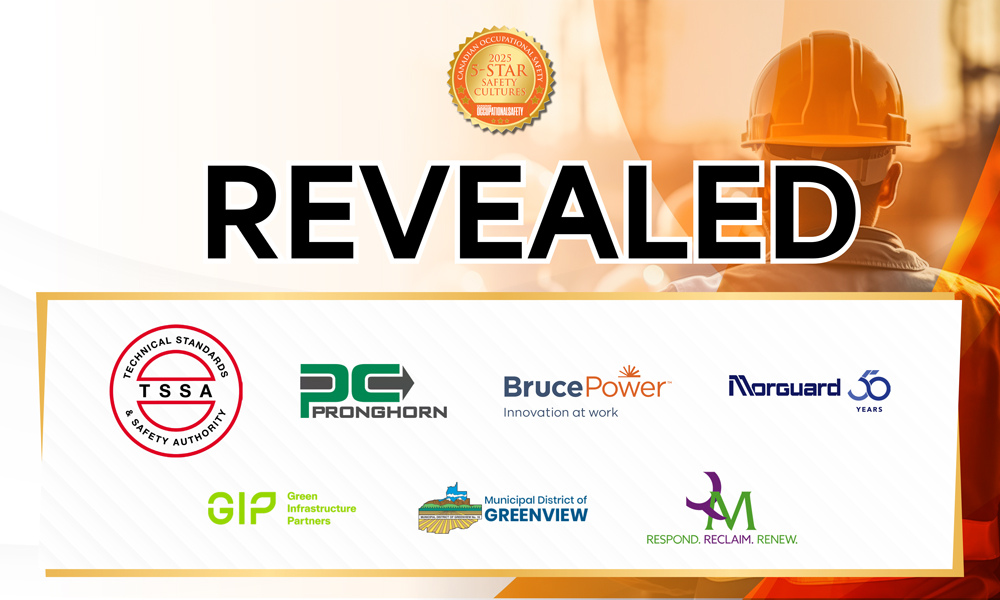OHS experts from around Canada weigh in on how to improve safety leadership

On Tuesday, Canadian Occupational Safety held its first ever Safety Leaders Summit, bringing together OHS leaders from around Canada to discuss key topics in the OHS space.
The day was jampacked with interesting panels, breakout sessions and networking opportunities. While we all miss in-person events, the advantage of our virtual platform is that its reach is limitless – the event drew in visitors not only from Canada but all over the world!
COS would like to thank everyone who joined in – and also a special thanks to our event partners: Avetta, Blackline Safety, Borger Group of Companies, Superior Glove, DriverCheck Inc. and SGS. We look forward to seeing you at our next event!
While our expert speakers covered a whole range of fascinating topics such as OHS stalwarts mental health and PPE, here are the three key takeaways from the day’s proceedings.
1. Diversity, equity and inclusion are still very much top of the agenda for safety professionals.
Over the last year, a number of troubling events in the US and Canada have pushed DEI initiatives to the top of the safety agenda – and rightly so.
Creating safe and inclusive workplaces is not just about hiring diverse people, it’s about developing safety programs and ensuring that everyone can take part – and everyone is represented.
“It comes down to […] representation,” said Katie Browning, Director – Safety and security, Harbourfront Centre.
This, said David Nguyen, Director – Health, safety, environmental, Champs Fresh Farms, Inc., can be through having managers and supervisors who speak languages that the workers speak for example, or offering safety programs in different languages.
2. Safety culture requires strong leadership – and needs to be implemented from the top down
Having specific targets and measurements is important because the fundamentals of safety have to be done well – everything has to be integrated into the business.
“The most important thing is the narrative,” said Shayne May, Corporate Director – Safety and Sustainability, ArcelorMittal. Leaders need to focus on improving and managing risk. One of key ways to do this is using data to improve safety outcomes. A data-driven approach also helps organizational leaders to understand and measure risk.
“Data is your friend,” said Stewart Day, Health & Safety Director, Mobilinx, because it will help effectively drive conversations and push for safety to be an integrated system within the organization.
3. With the pandemic (hopefully) winding down, new approaches to leadership are essential – and businesses and organizations need to get it right.
“What happened in 2020 opened up a new channel of safety concerns that may have been on our minds to begin with – but not on the level that they need to be,” said Lee K. Levy II, President and CEO of The Levy Group LLC, and member of the NASA Advisory Council.
This includes the long-term impact of stress and the quality of our mental health.
We need to be more aware of all risks and hazards, not just the obvious ones. For example, distractions are “a very quick pathway to some sort of mishap or workplace injury,” said Levy.
In addition, safety is not just about tools and techniques, it’s about having a human approach.
To be a safety leader, says Levy, you need be a leader in safety. Ultimately, a great safety leader is a leader who is looking out for the wellbeing of all the people in their organization.





